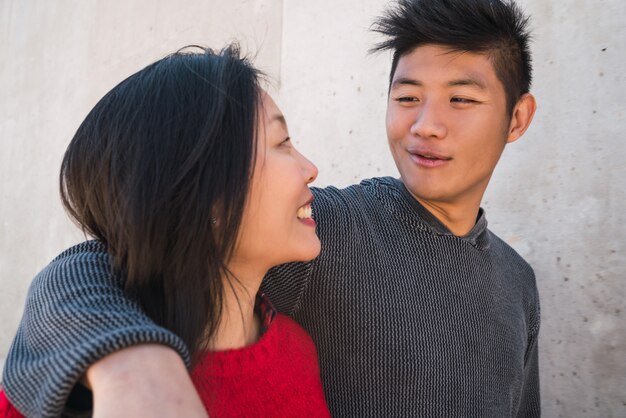

On the Boston Review, Paul Bloom has written a thought-provoking piece titled “Against Empathy.” While it might sound like he’s suggesting we lead a life without compassion, he’s actually drawing a line between empathy— which he believes can drain us—and compassion, which he argues is more enduring.
In one part of his article, Bloom talks about Buddhism and how some Buddhist practitioners differentiate between empathy and compassion. He explains that empathy involves feeling what someone else feels, which can be overwhelming and tiring. On the other hand, compassion is about caring for someone and wanting to help them, without necessarily sharing their pain.
To illustrate this, Bloom gives examples. If a friend’s child drowns, an empathetic reaction would be to deeply feel their heartbreak, whereas a compassionate response involves care and support without being overtaken by grief. Similarly, in cases of charitable actions, empathy might lead someone to imagine the horrors of starvation, but it’s not essential for motivating charity. Compassionate individuals can recognize suffering and be driven to help without putting themselves through emotional pain.
Bloom suggests that while compassionate helping benefits everyone, empathetic distress is ultimately harmful to the individual and potentially ineffective in aiding others because it can lead to emotional exhaustion and burnout. This perspective aligns with some Buddhist teachings. For instance, a bodhisattva—an enlightened being committed to aiding others—must practice great compassion, which is caring without empathetic sorrow, to avoid exhaustion and maintain their mission.
Research by Tania Singer and Matthieu Ricard supports this idea. In a study using fMRI scans, Ricard engaged in different types of compassion meditation. Surprisingly, these meditations activated brain areas associated with positive states rather than those linked to pain responses seen in non-meditators. When Ricard shifted to an empathetic state, it quickly became intolerable, leading to emotional exhaustion.
Further studies by Singer found that people trained in empathy experienced more negative emotions and had a higher risk of burnout compared to those who received compassion training, which led to positive feelings and increased altruism.
Such discussions are crucial in fields like counseling and therapy, where burnout is common. Effective compassion without empathetic distress can prevent emotional fatigue in these professions.
While Bloom’s arguments seem to criticize empathy, he specifically targets a particular kind—the kind that leads to sorrow and burnout. He isn’t dismissing empathy altogether; rather, he emphasizes a balanced approach where compassion is cultivated without the draining effects of empathetic distress. This method allows sustained support for others while maintaining personal well-being.
Overall, Bloom’s article encourages us to rethink how we engage with others’ suffering. By focusing more on compassion and less on empathy that leads to emotional exhaustion, we can better help those in need while taking care of ourselves.